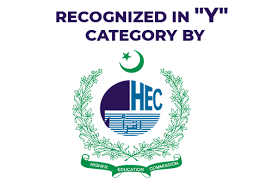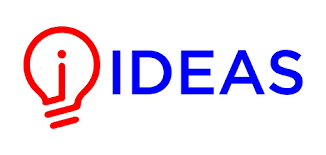Article | Open Access | Published: 28 July 2025
Intention to Use Islamic Mobile Banking Services: Detailed Analysis Based on Theoretical Triangulization
| Views: | 327 | | | Downloads: | 282 |
Abstract:
The purpose of this study is to make readers understand about the intention to use mobile banking through theoretical triangulation of TAM and TRA models. Previous studies related with the topic were based either on conventional banking or either from other Muslim countries than Pakistan. However, this study has not only been conducted with reference to the largest Muslim country but also through thorough model that has been based on theoretical triangulation. Hence, the rigor and impact of this study might outstand the previous research work. Therefore, to compile this study in effective manner data has been collected through 383 customers through convenience sampling. Analysis has been made through SMART-PLS and findings of the study confirmed that theoretical triangulation is effective tool for the selection of variables. The claim is found to be true as findings of this study indicate positive impact of customer’s attitude over intention to use mobile banking services from Islamic Banks. Moreover, detailed statistical testing also indicated that the impact is not only true for PU has a definite impact over customer’s attitude as well as intention to use Islamic Mobile Banking. However, PEoU does not have direct or indirect effect over the attitude and intention to use mobile banking. Hence, the findings of the study are indicating that there is a need of more rigorous studies to explore theoretical triangulation and model for comparative studies between conventional and Islamic Banking.
Keywords:
Mobile Banking, Islamic Mobile Banking, Technology Acceptance Model, Perceived Ease of Use and Perceived Usefulness
Publisher:
ILMA UNIVERSITY
Published:
28 July 2025
E-ISSN:
2409-6520
P-ISSN:
2414-8393
This is an open access article distributed under the terms of the Creative Commons Attribution CC BY 4.0 license, which permits any use, distribution, and reproduction of the work without further permission provided the original author(s) and source are credited.















